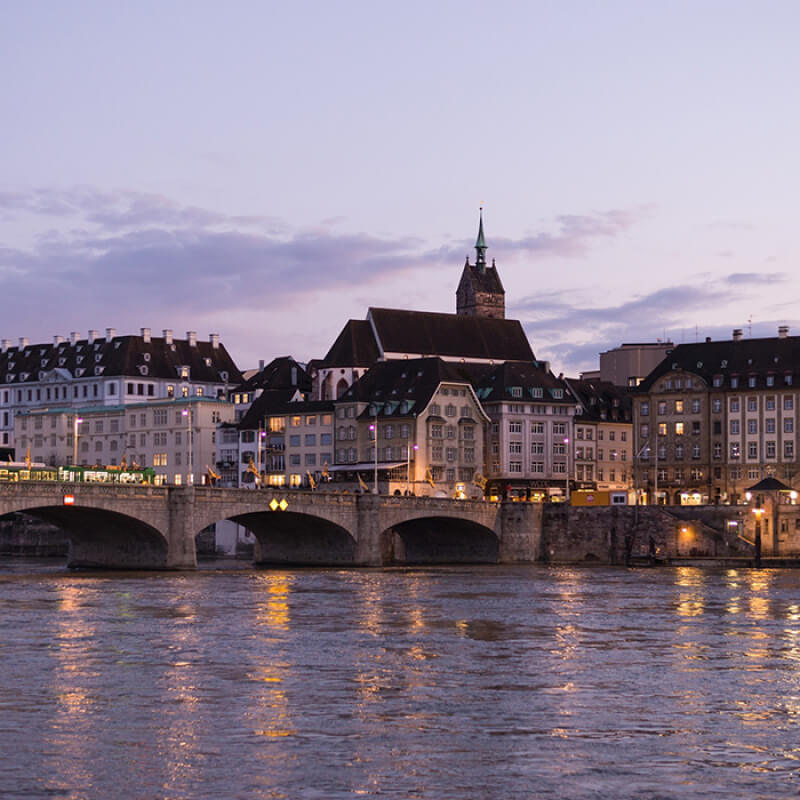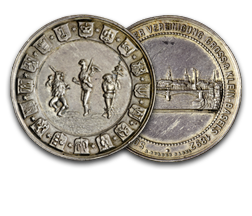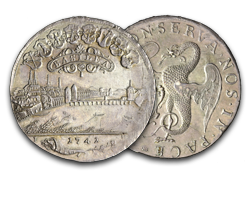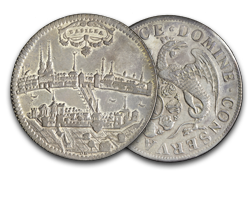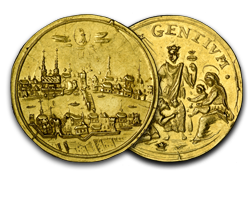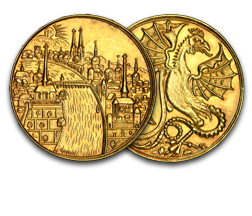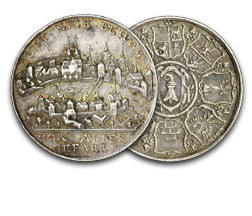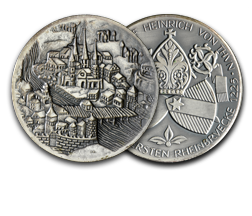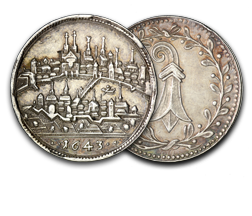A recent donation highlights cityscapes from one of Europe’s most interesting places
Coins were the first mass-produced medium of communication—messages could be distributed in large quantities to a wide audience. Rulers understood the value of coins as propaganda and symbols of sovereignty starting in the 7th century B.C. with the kings of Lydia, who used a lion and a bull to represent their dynasties. Within 50 years, Greek city-states began producing pieces that carried their own symbolic figures—a sea turtle for Aegina, a Pegasus for Corinth, Athena for Athens, etc.
Rome was the first fully monetized society—the majority of people used money in daily transactions. The Romans took advantage by creating sophisticated messages and symbols for their currency. Expressions celebrated the imperial government, loyalty of the army, happiness of the people and generosity of the state.
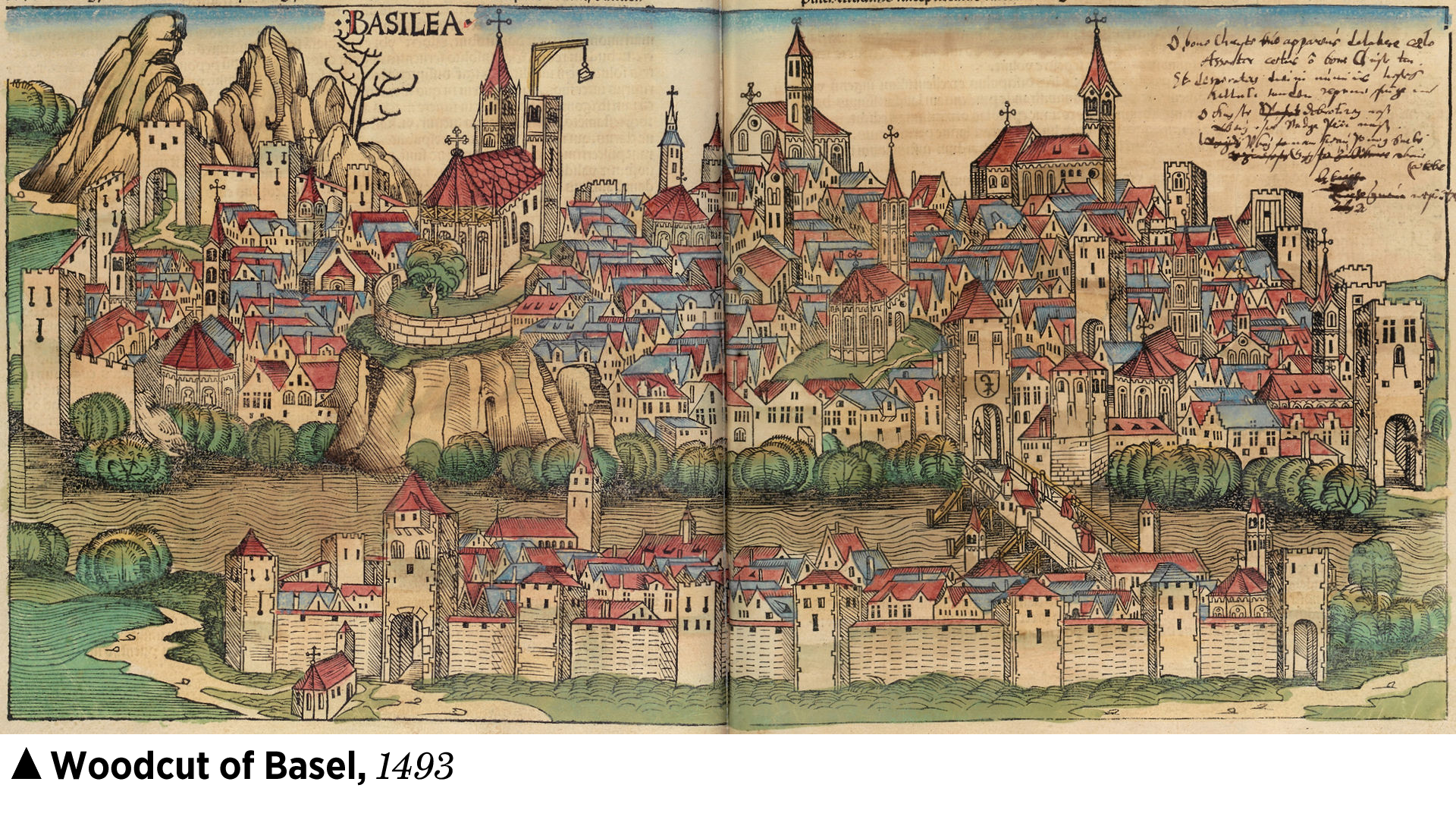
The Edward C. Rochette Money Museum recently received the incredible Damian J. Kulash Collection, consisting of medals, tokens and coins related to bridges, tunnels and transportation. Several items feature city views of Basel, a city on the Rhine River in northern Switzerland. These specimens date from around 1640 to the early 20th century, with some more recent commemoratives. The majority focus on the Mittlere Brücke (Middle Bridge), first built in 1225 across the Rhine in the center of the city. It connected the two sides of town and initially was used for local traffic. By the 14th century, the bridge played an important role in international trade as part of the north/south route over the Gotthard Pass.
The old bridge was replaced by the new Mittlere Brücke in 1905 to accommodate modern transportation, and continues to dominate views of the old city center. Pieces below depict various perspectives of the bridge and city. These renderings are remarkably similar to modern photographs taken from the same vantage points.
Click on the images below for an enhanced view.
